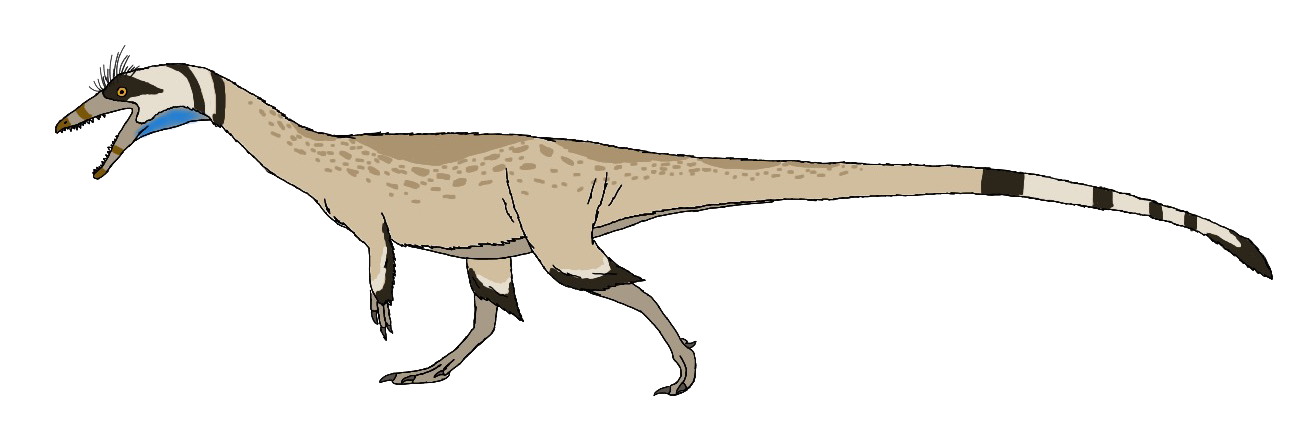Coelophysis

|
|
|
Coelophysis was first named in 1889. Since then, hundreds of specimens have been uncovered, and it has earned itself the title of New Mexico's state fossil. Many of these come from a single site in New Mexico at Ghost Ranch; likely the outcome of a massive flash flood, a hazard of the dry, seasonal habitat Coelophysis lived in. Coelophysis is a long, lithe and slender dinosaur with a long neck and a long tail. Its skull is narrow and, like several other early theropods, has a notch at the end of the upper snout. Being a primitive theropod, it still retains four fingers on each head, though the fourth is effectively invisible. The fossils show two morphs, one more robust, that may represent different sexes. Coelophysis is a diurnal animal that hunts small, fast-moving prey. Juveniles are fast-growing, especially in their first year. While Coelophysis had a bit of a reputation for cannibalism, the evidence is unfounded; what were once considered juvenile Coelophysis gut bones in the stomach region of an adult turned out to be from a crocodylomorph. We have a trio of rowdy Coelophysis that live near the entrance. |
Scientific name Location Time Wingspan Diet |